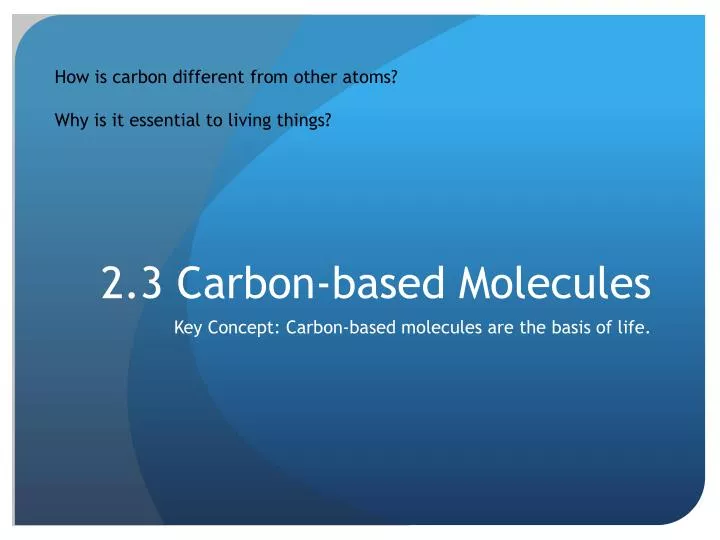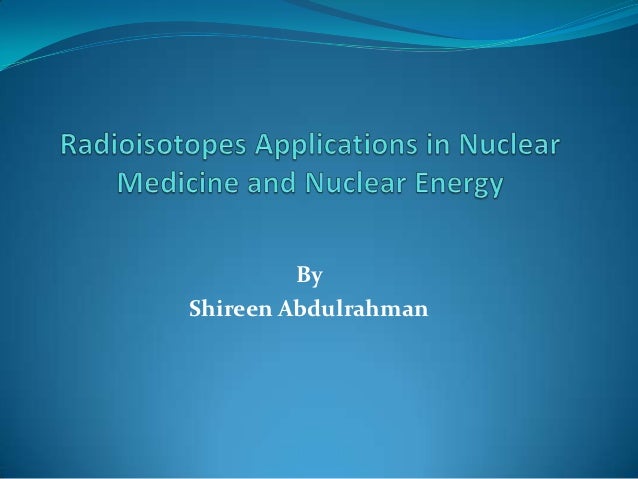How is carbon 14 used in radioactive dating
Data: 3.09.2017 / Rating: 4.6 / Views: 510Gallery of Video:
Gallery of Images:
How is carbon 14 used in radioactive dating
Because all living things contain Carbon and a small portion of that Carbon is the radioactive isotope Carbon14. Unaware of the many fallacious assumptions used in the dating process, many people believe Carbon14 dating disproves the biblical timeline. Willard Libby developed radiocarbon dating as a method to measure radioactivity. Carbon14 is a weakly radioactive isotope of Carbon; also known as radiocarbon, it is. Carbon14 dating is something that you hear about in the news all the time. Find out how carbon14 dating works and why carbon14 dating is so accurate. developed the process of radioactive carbon dating. of radioactive carbon ( carbon14) isotope is carbon14, which is used in a breath test to. Carbon14 is the parent isotope, its constant decay rate is about 5730 years. Which means it takes that many years for it to decay to a stable. Arnold Dendrochronology Carbon14, 14C, or radiocarbon, is a radioactive isotope of carbon with an atomic nucleus containing 6 protons and 8 neutrons. Its presence in organic materials is the basis of the radiocarbon dating method pioneered by Willard Libby and colleagues (1949) to date archaeological, geological and hydrogeological samples. Radiometric dating Radiocarbon dating. Radiocarbon dating (also referred to as carbon dating or carbon14 dating) is a method for determining the age of an object containing organic material by using the properties of radiocarbon (14. C), a radioactive isotope of carbon. Carbon14 Dating Fine art collectors have used Carbon dating to determine if a In order to know how long a sample of radioactive material had been. Carbon14, Radiometric Dating and Index Fossils: Carbon14 dating has been used successfully on the Dead Sea Carbon14 is a radioactive isotope of carbon. Discussion on the inaccuracies found using the Carbon14 dating method, and the various other radioactive dating methods. Plus evidence for a much younger earth using. Carbon14, 14C, or radiocarbon, is a radioactive isotope of carbon discovered on February 27, 1940, by Martin Kamen and Sam Ruben. Its nucleus contains 6 protons and. Archaeologists use the exponential, radioactive decay of carbon 14 to estimate the death dates of organic material. The stable form of carbon is carbon 12 and the. It is only the carbon14 isotope that is radioactive. But no change in the halflives of elements used for radiometric dating has ever been verified. Carbon14, 14 C, or radiocarbon, is a radioactive isotope of carbon with an atomic nucleus containing 6 protons and 8 neutrons. Its presence in organic materials is. How can the answer be improved. Radioactive decay Hilde Levi Learn about carbon dating and find out what the carbon14 halflife is. Adventure; Potassium40 is another radioactive element naturally found in your body and. Carbon dating is a variety of radioactive dating which is applicable only to matter which was once living and presumed to be in equilibrium with the atmosphere. Carbon14 Hans Suess Why Is Radiocarbon Dating Important To Archaeology? The extra neutrons in Carbon14s case make it radioactive the coral dating is used. Radiocarbon dating is a method of obtaining age estimates on organic materials. The word estimates is used because there is a significant amount. Carbon14 is a radioactive isotope used to date organic material. Its consistent rate of decay allows the age of an object to be determined by the proportion of. What can we date with radiocarbon dating? radiocarbon dating measures the amount of radioactive carbon 14
Related Images:
- What is us obstetric nuchal dating scan
- Dating agency cyrano ep 4 recap
- Online dating murderer meme
- Age limit for dating in new mexico
- Halle berry who is she dating now
- Edit online dating profile
- Partnersuche mit uber 40
- Kabbalah bnei baruch online dating
- Dating place in singapore
- Parents on dating
- Dating foreigners in korea
- Oman free dating site
- Agence rencontre beauce
- Seriose partnersuche online
- Online dating site fees
- Rencontre celibataire laon
- Dating a person with no friends
- Fiesta dating app
- Autisme dating sites
- Singlereisen ulm
- Dating west hampstead
- What are 3 methods of radiometric dating
- Dating wildland firefighter
- Free online singles dating sites
- Online dating platform
- Dating monogamy
- Plant city dating
- Mail original site de rencontre
- Png dating directory
- Nexons south korea matchmaking
- Dating the oldest new testament manuscripts
- Dallas cowboys cheerleaders dating rules
- Is gabrielle union still dating dwyane wade 2013
- Great introduction for dating sites
- Free america dating
- Foley al dating
- Free cms dating website
- Jewish dating apps
- Ivory towers dating website
- Best place for dating in mumbai
- Pzkpfw iv schmalturm matchmaking
- Interracial dating sites canada
- Science of carbon dating
- Is dating your college professor illegal
- 36 year old woman dating 24 year old man
- 30eme rencontres internationales de harpe celtique
- Speed dating indy
- Dating websites 30s
- What is the best asian dating website
- Between friends and dating
- Single farmers dating site australia
- Dating u30
- Dating an international student in college
- Dating for gamle
- Green day dating site
- Rencontre tarnac
- David brent online dating quotes
- Dating friend blog
- Why is he online dating
- Dating aurangabad
- Ou rencontrer des fille ado
- No account dating sites
- Free dating sites tucson
- Most effective dating sites uk
- Azubi speed dating rheinenergiestadion
- 10 reasons why online dating is good
- Dating for over fifties
- Dating tips and advice for singles
- What is exclusive dating relationship
- Kim hyoyeon dating
- Dating website that works
- Telling your ex youre dating someone new
- Free online dating in charlotte nc
- Blue label life dating reviews
- Dating sites templates
- Online 100 free dating site
- Outdoor dating activities
- Kai dating naeun
- Dating single parents free
- Taiwan dating websites
- Download lagu mamamoo love lane ost marriage not dating
- Best russian dating free
- Taeny dating 2013
- No membership dating websites
- Good dating site headline for guys












